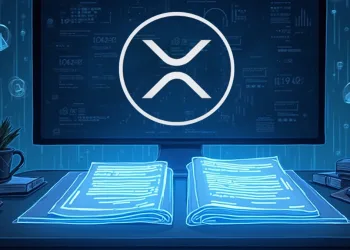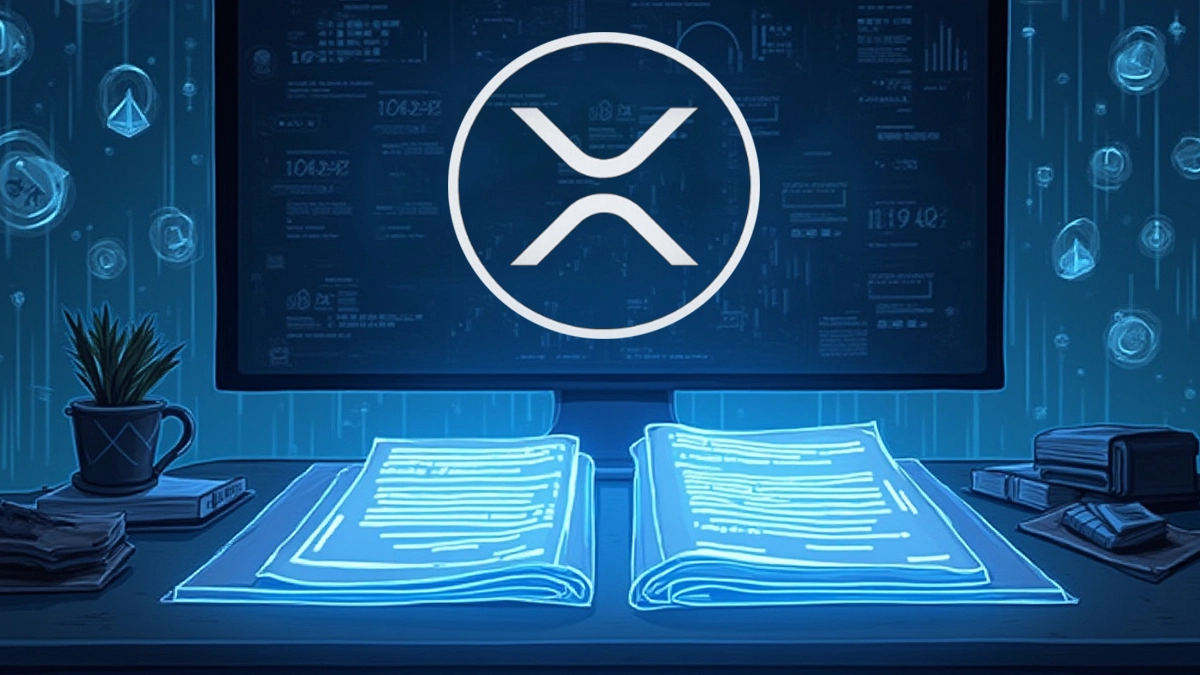- USD1’s $2.1B market cap in 60 days signals growing trust in U.S.-anchored stablecoins
- WLFI’s political origins and VC skepticism gave way to major institutional backing
- USD1’s roadmap hints at Bitcoin evolving into a global stablecoin transaction layer
A new player is making waves in the stablecoin market and it isn’t one of the usual suspects. USD1, a U.S.-dollar-pegged stablecoin launched by World Liberty Financial (WLFI), is quickly rewriting the rules. Within just 60 days of launch, USD1 crossed $2.1 billion in market cap. This rise is turning heads not only because of the numbers but because of the narrative.
Unlike USDT or USDC, USD1 brings political roots, institutional backing, and a focus on compliance all while hinting at a future where Bitcoin itself becomes a stablecoin payments layer.
— Norbert |⚡ (@0xNorby) June 16, 2025
A Political Beginning, A Financial Breakout
As highlighted by Norbert, an analyst, WLFI, launched in September 2024, initially sparked controversy. Critics dismissed it as politically motivated, citing the Trump family’s deep involvement. VCs stayed cautious. Even regulatory concerns surrounded it, with an early SEC probe grabbing headlines.
However, by early 2025, things shifted. A $30 million buy-in from Justin Sun in November raised eyebrows. Over the next few months, capital from traditional finance began to pour in.
By March, WLFI secured $590 million in funding, placing it among the top ten token raises ever. Significantly, the SEC reportedly scaled back its probe, clearing the way for WLFI to scale.
USD1: A Stablecoin With Momentum
The standout product is USD1, launched in March 2025. Pegged 1:1 with the U.S. dollar, it’s backed by short-term treasuries, USD deposits, and cash equivalents. BitGo Prime handles its custody, while Chainlink CCIP powers cross-chain support for Ethereum and Binance Smart Chain. Monthly attestations provide transparency, making USD1 more attractive to institutions and large-volume traders.
The game-changer came on June 4 with a $47 airdrop to 85,000 early users. That single move ignited rapid adoption, pushing USD1 past $2 billion in circulation in just two months.
Will Bitcoin Become a Stablecoin Network?
Besides being just another stablecoin, USD1 is hinting at something bigger. Its roadmap appears to mirror USDT’s strategy with Plasma Foundation a dedicated payment network. A similar approach could position USD1 as a digital dollar for Bitcoin itself. If successful, Bitcoin could evolve into a core platform for low-cost, global dollar transactions.
Consequently, Bitcoin would shift from a store of value to a transactional rail, boosting both network activity and practical adoption. Moreover, it offers a U.S.-centric counterbalance in a market increasingly filled with offshore stablecoin players.
With stablecoin market cap forecasted to hit $400 billion by year-end, USD1’s rapid ascent is more than a fluke it might be the start of a new financial era.













